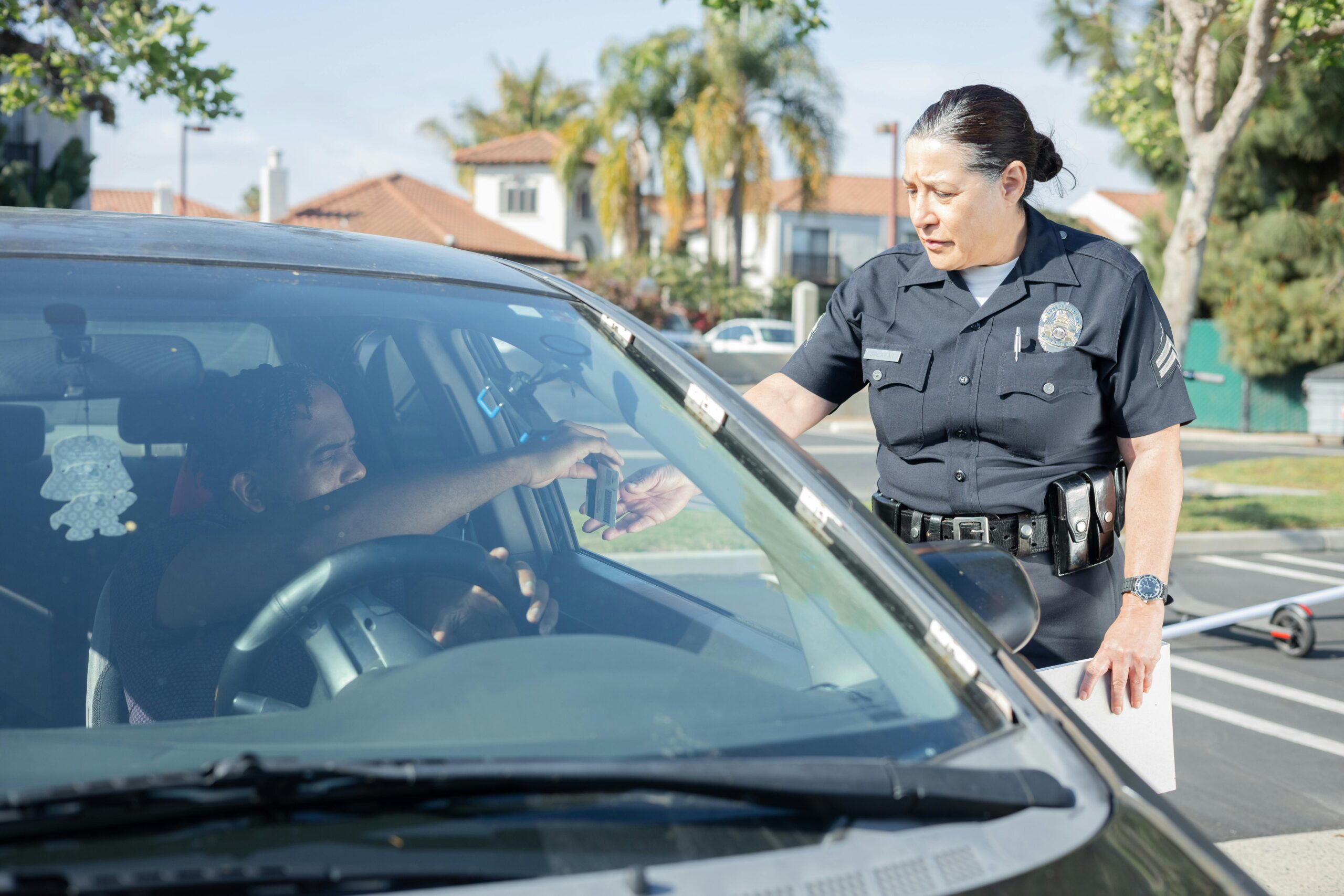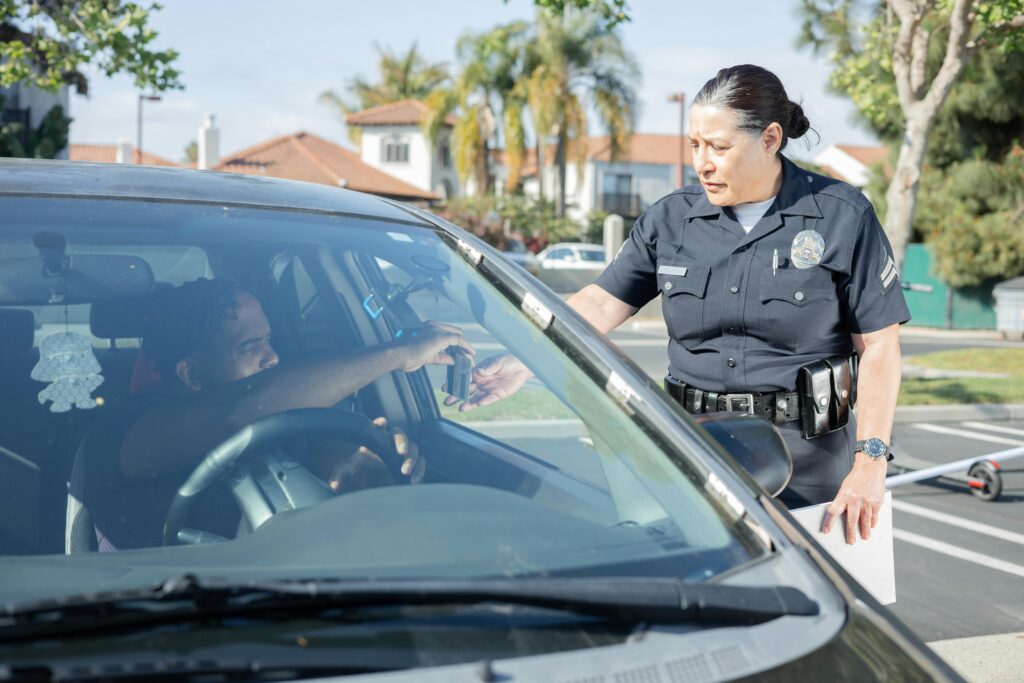Filing a car securities claim can be overwhelming for many policyholders. Whether it’s due to theft, accident, or damage, understanding how to navigate the claims process is crucial to ensure a smooth and hassle-free experience. This guide will provide policyholders with a step-by-step approach to arranging and managing car securities claims efficiently.
What is a Car Securities Claim?

A car securities claim is a formal request made by a policyholder to their insurance provider for compensation following an incident affecting their insured vehicle. This can include accidents, natural disasters, theft, or vandalism. The claim ensures that policyholders can repair or replace their vehicle without bearing the full financial burden.
Insurance companies have clear procedures for handling claims. Understanding these steps will not only speed up the process but also help policyholders avoid common mistakes that may delay approvals.
Step 1: Review Your Policy
Before filing a claim, review your car insurance policy carefully. Key points to check include:
- Coverage Type: Confirm if your policy covers the specific incident, such as collision, theft, or natural disasters.
- Deductibles: Check the amount you will pay out-of-pocket before the insurance coverage applies.
- Claim Limits: Understand maximum coverage amounts to set realistic expectations.
- Exclusions: Identify any situations that are not covered under your policy.
Knowing these details ensures you are prepared and avoids potential claim rejections.
Step 2: Gather Required Documents
A successful car securities claim requires proper documentation. Policyholders should collect:
- Vehicle Registration: Proof of ownership.
- Insurance Policy Document: Confirms coverage details.
- Incident Report: Police report for theft or accident.
- Repair Estimates or Bills: For damages requiring repair.
- Photographs: Visual evidence of damage or theft.
- Driver’s License and ID: Confirms the policyholder’s identity.
Having all documents ready accelerates the claim approval process.
Step 3: Notify Your Insurance Provider
Contact your insurance company immediately after an incident. Most insurers provide multiple channels:
- Hotline: Call the customer support line for immediate guidance.
- Mobile App: Submit claims digitally for convenience.
- Email/Website: File claims online with attachments of required documents.
Prompt notification is often mandatory and ensures timely processing.
Step 4: Filing the Claim
When filing the claim:
- Complete the Claim Form: Include all incident details accurately.
- Attach Documentation: Provide the documents and evidence collected.
- Request Assistance if Needed: Many insurers offer claim support to guide you.
Ensure the information provided is truthful and precise to prevent delays or denial.
Step 5: Claim Assessment
After filing, the insurance provider will assess the claim. This may involve:
- Vehicle Inspection: An adjuster may inspect the car to verify damages.
- Damage Valuation: Estimation of repair or replacement costs.
- Investigation: For incidents like theft or suspicious claims.
Policyholders should cooperate fully to avoid any disputes.
Step 6: Claim Settlement
Once assessment is complete, the insurer will proceed with settlement:
- Direct Payment: Insurance pays the repair shop or reimburses the policyholder.
- Partial Settlement: Sometimes, only a portion of the claim is approved based on coverage limits.
- Settlement Timeline: Typically within a few days to weeks, depending on the claim complexity.
Maintaining clear communication with the insurance provider helps ensure the process is smooth.
Tips for Policyholders
- Maintain Vehicle Records: Keep repair and maintenance history to support claims.
- Regularly Review Policies: Ensure coverage is updated to reflect your current vehicle and needs.
- Avoid Delays: File claims promptly and provide accurate information.
- Follow Up: Stay in touch with your insurer until the claim is settled.
FAQs
Q1: How long does it take to process a car securities claim?
A: It varies by insurer and claim complexity. Simple claims may take a few days, while theft or major accidents may take weeks.
Q2: Can I choose my own repair shop?
A: Many insurers allow policyholders to select a repair shop, but some have approved partners for direct billing.
Q3: What happens if my claim is rejected?
A: You can appeal the decision, provide additional evidence, or seek advice from the insurance ombudsman.
Q4: Will filing a claim increase my premiums?
A: Sometimes, especially for repeated claims, your premium may increase. Review your policy terms for specifics.
Q5: Is it necessary to file a police report?
A: For accidents involving third parties, theft, or vandalism, a police report is usually mandatory.
Filing a car securities claim doesn’t have to be stressful. By understanding your policy, preparing the right documents, and following the insurer’s process carefully, policyholders can ensure a smooth and successful claim experience. Proper planning and timely action are the keys to hassle-free claims.



